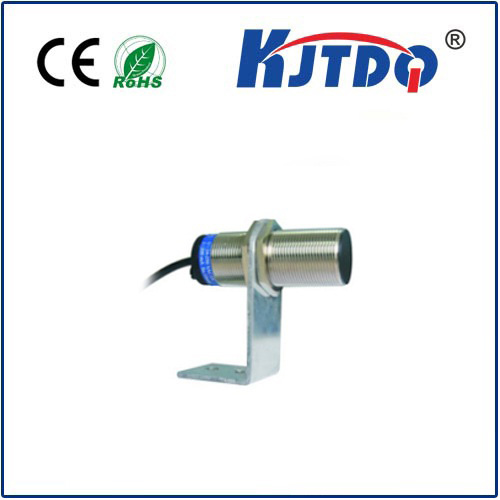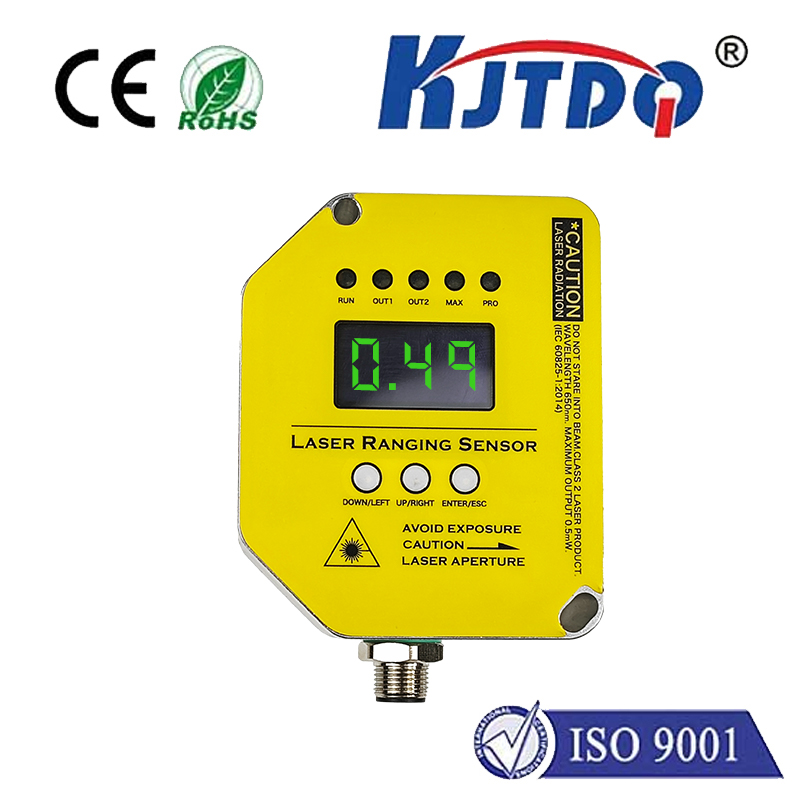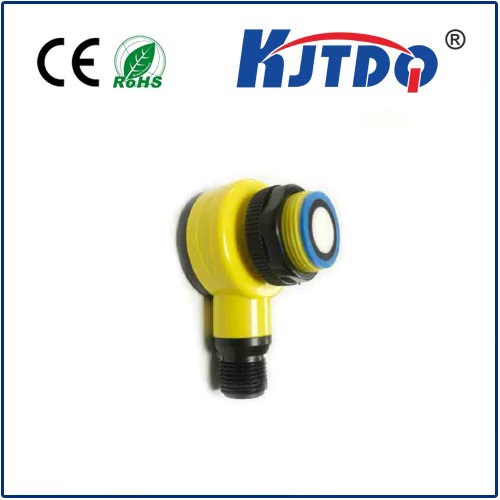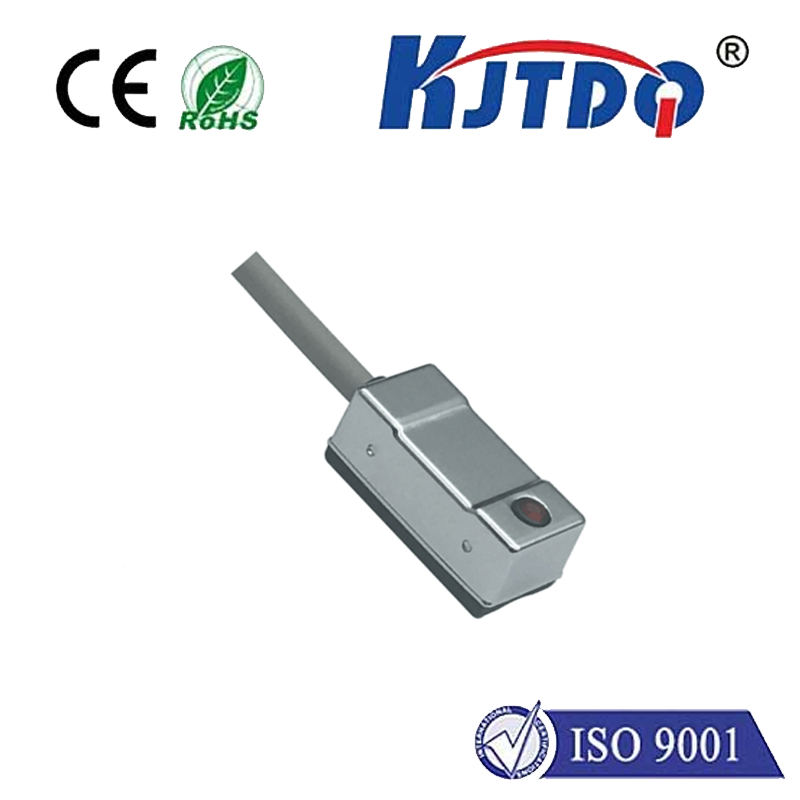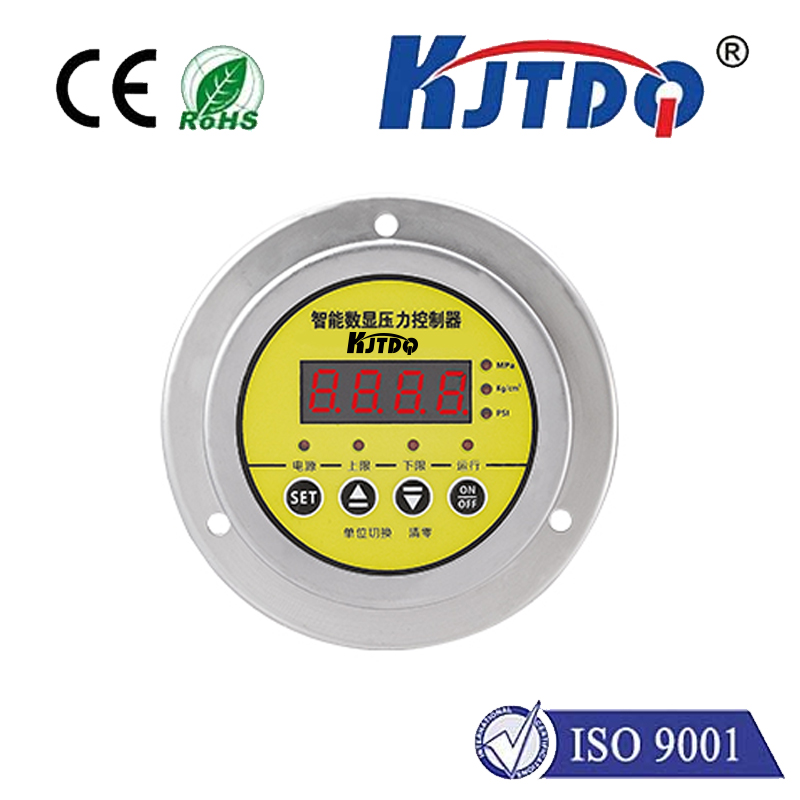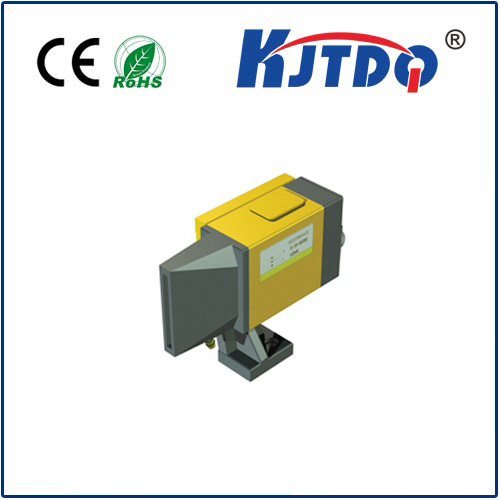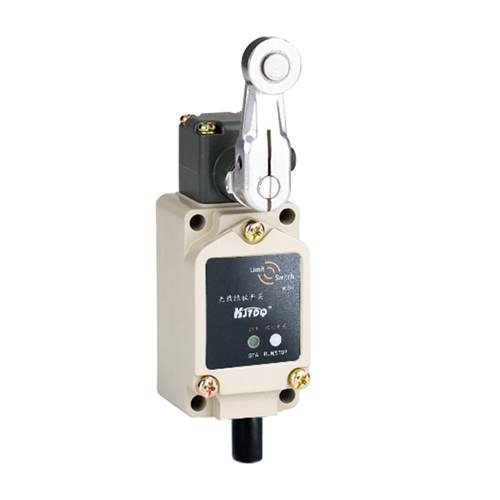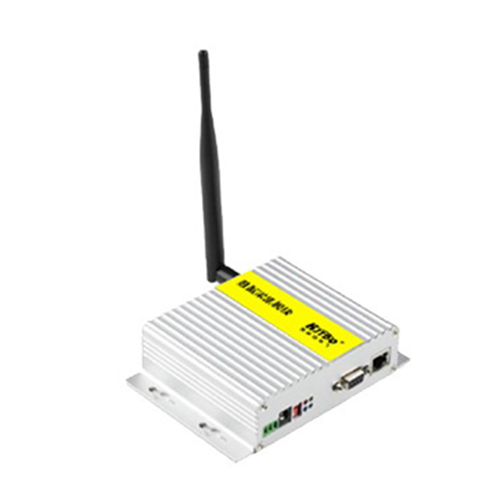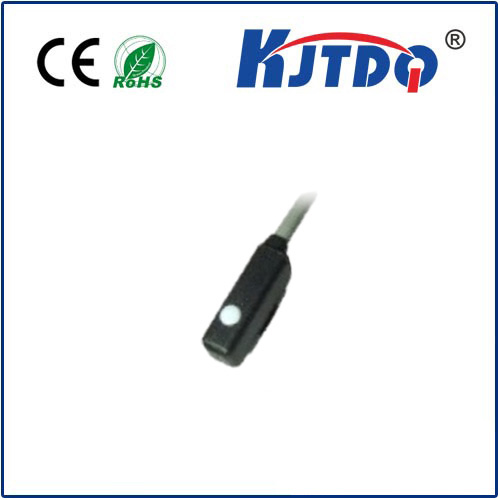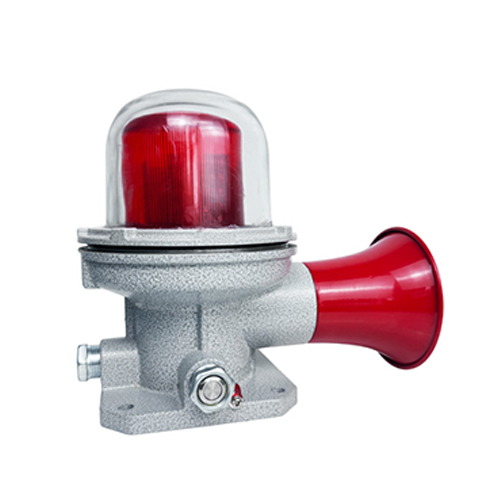

check

check

check

check
Forget the clatter of mechanical switches and the limitations of manual checks. The modern factory floor, warehouse, or production line hums with a different kind of energy – one defined by seamless motion, precise control, and intelligent, contactless detection. At the heart of this transformation lies the unassuming yet critical proximity sensor. Devices like the BHS0029 proximity sensor are fundamental building blocks, providing the essential “eyes” and “touchless hands” that enable automation to function reliably, safely, and efficiently. But what makes a specific model like the BHS0029 stand out in this crucial role?
Understanding the Core: Proximity Sensing
Before diving into the specifics of the BHS0029, let’s establish the foundation. A proximity sensor is an electronic device designed to detect the presence or absence of an object without any physical contact. It achieves this by emitting an electromagnetic field or a beam of electromagnetic radiation (like infrared) and monitoring for changes in the field or the return signal caused by a target entering its sensing range. This contactless operation offers immense advantages:
Introducing the Workhorse: The BHS0029 Proximity Sensor
The BHS0029 designation typically refers to a specific model within a manufacturer’s range of inductive proximity sensors. Inductive sensors are among the most common and robust types used in industrial environments. They excel at detecting metallic objects – ferrous metals (like steel and iron) are generally detected at the longest range, while non-ferrous metals (like aluminum or copper) are detected at a shorter range.

What makes the BHS0029 a vital component?
While exact specifications always require consulting the manufacturer’s datasheet (as “BHS0029” could be used by different vendors), we can deduce its core value based on the typical role and design principles of such sensors:
Where the BHS0029 Proximity Sensor Makes a Real Impact
The versatility of the inductive proximity sensor translates into near-ubiquitous application across automation. The BHS0029 proximity sensor finds its place powering precision and reliability in numerous scenarios:
Choosing the Right Sensor: Why the BHS0029 Fits In
Selecting a proximity sensor involves juggling several factors: required detection range, target material (especially crucial for inductive types), environmental conditions (temperature, chemicals, pressure), required housing size and shape (threaded barrel, block style), electrical output type (PNP/NPN), and connection method. The BHS0029, as a standardized industrial inductive sensor, addresses a vast majority of common metal detection tasks. Its robust construction ensures longevity, while its standardized form factor guarantees easy replacement and integration. It represents a reliable, cost-effective solution for countless position and presence sensing needs where metal targets are involved.
The Engine Beneath the Surface: Specifications that Matter
While always check the datasheet for the specific BHS0029 variant, typical performance characteristics you might find include:
Conclusion: The Silent Enabler of Modern Automation
While complex robots and sophisticated AI grab headlines, the fundamental reliability of modern automation rests heavily on components like the BHS0029 proximity sensor. It performs a deceptively simple task – detecting the presence of metal – with unwavering consistency, speed, and resistance to environmental challenges. This unsung hero operates silently and reliably millions of times, forming the bedrock of position feedback and object detection that makes precise machine control possible. Whether it’s the BHS0029 or its equivalents, these sensors are indispensable in translating physical world events into the digital signals that drive efficient, safe, and intelligent industrial processes. Choosing the right one, installed correctly, is paramount to unlocking the full potential of automation systems.
